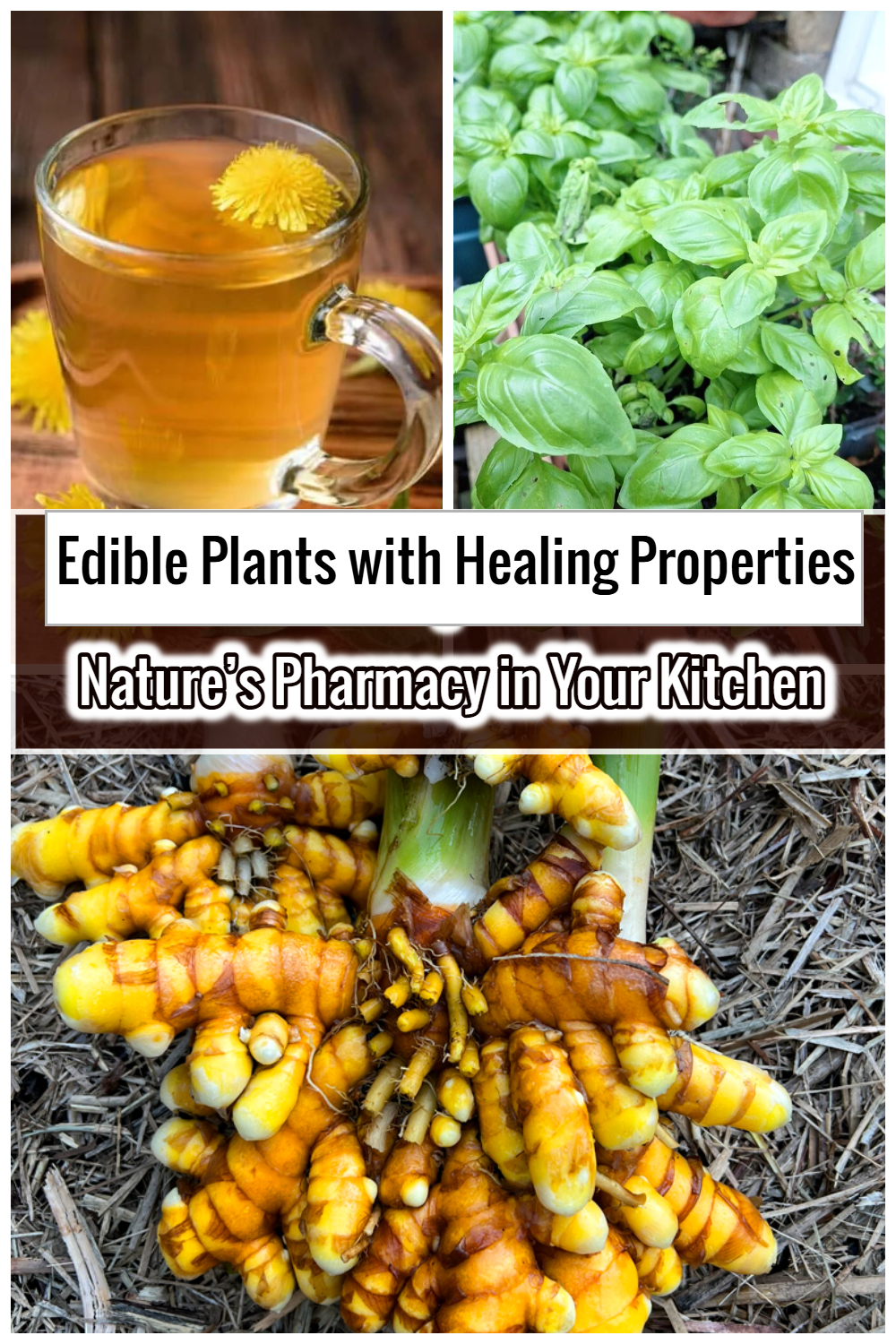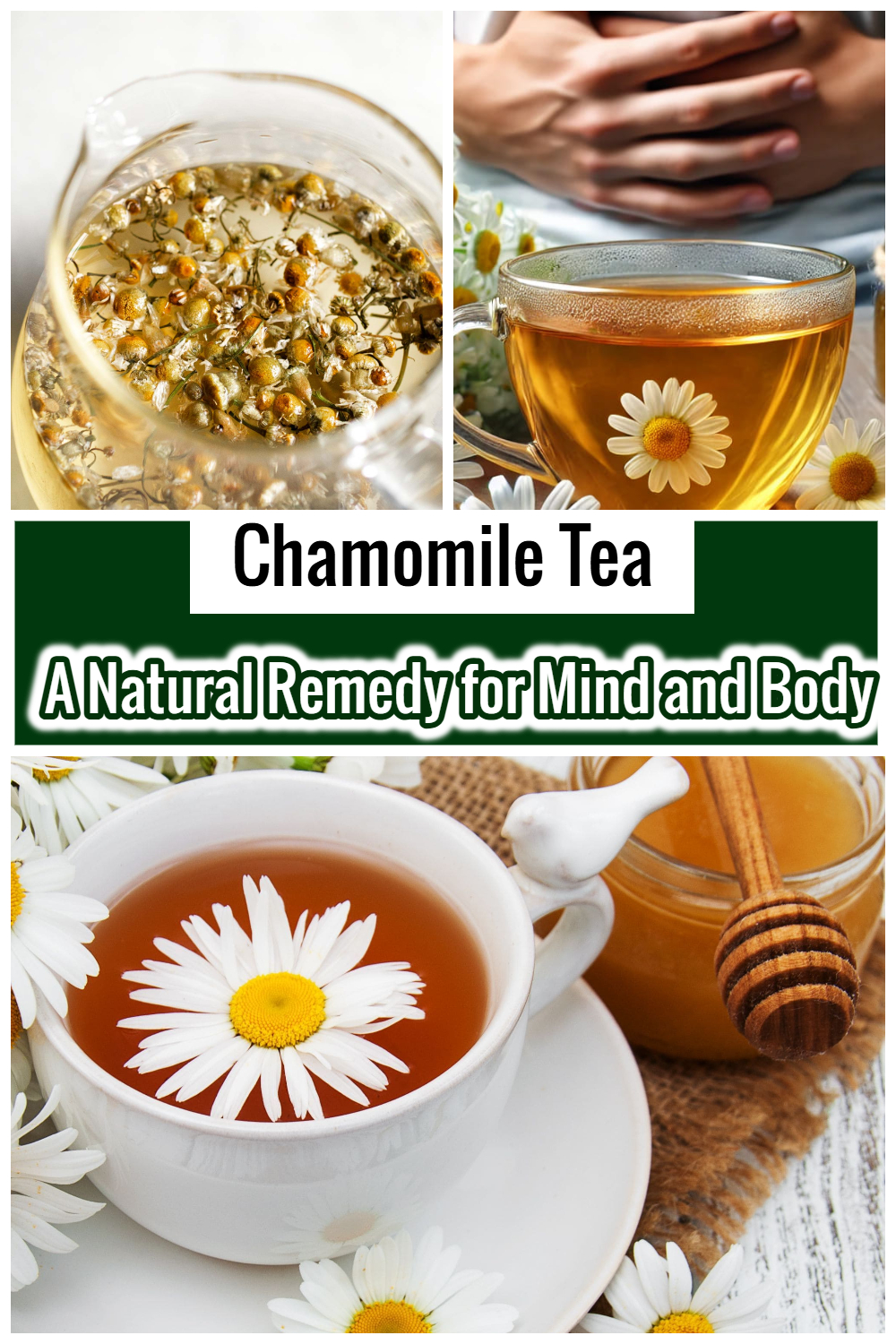Did you know that some plants in your kitchen or garden could double as natural medicine? For centuries, cultures around the world have relied on these plants for their remarkable healing properties, for everything from wound healing to digestive health. Today, as more individuals seek natural remedies, these edible plants continue to offer a delicious and accessible way to boost well-being, from reducing inflammation to improving cognitive function.
This article discovers 14 of the most potent edible plants with scientifically-backed healing properties, detailing their benefits and offering practical ways to incorporate them into your daily life.
1. Aloe Vera
Aloe vera stands out for its soothing and anti-inflammatory properties, aiding digestion, supporting the immune system, and promoting skin healing. While aloe vera gel is applied to burns and wounds, its juice is commonly consumed for digestive health.

2. Ginger
Ginger is a staple ingredient in many Asian dishes, and for good reason. It’s packed with powerful anti-inflammatory and antioxidant properties. This edible plant helps with digestion, reduces nausea, and combats colds. There are a variety of ways to consume ginger, such as adding it to tea, incorporating it into meals, or eating it fresh for maximum benefits.
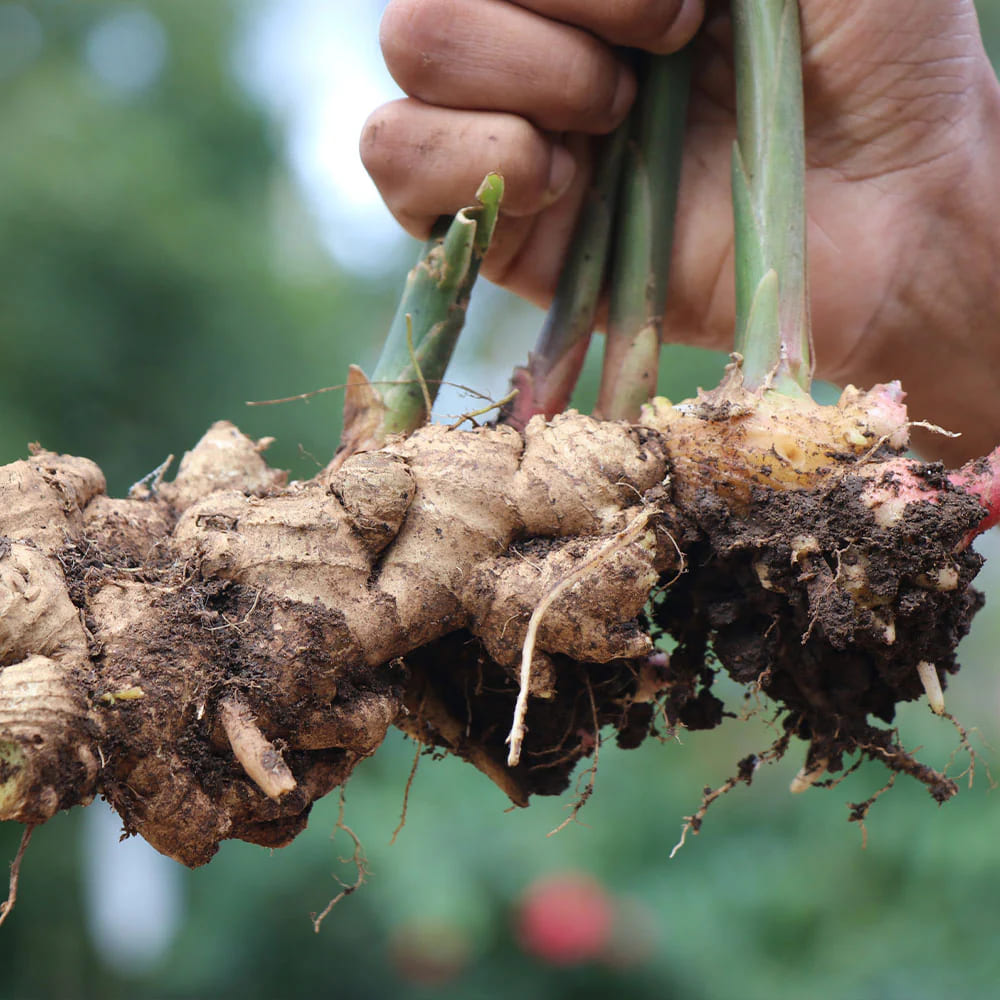
3. Turmeric
A bright yellow spice that’s commonly used in Indian and Middle Eastern cooking. Turmeric is rich in curcumin, a compound offering potent anti-inflammatory and immune-boosting properties. It supports joint health, aids digestion, and enhances cognitive function. Turmeric is commonly used in golden milk, teas, and curries.
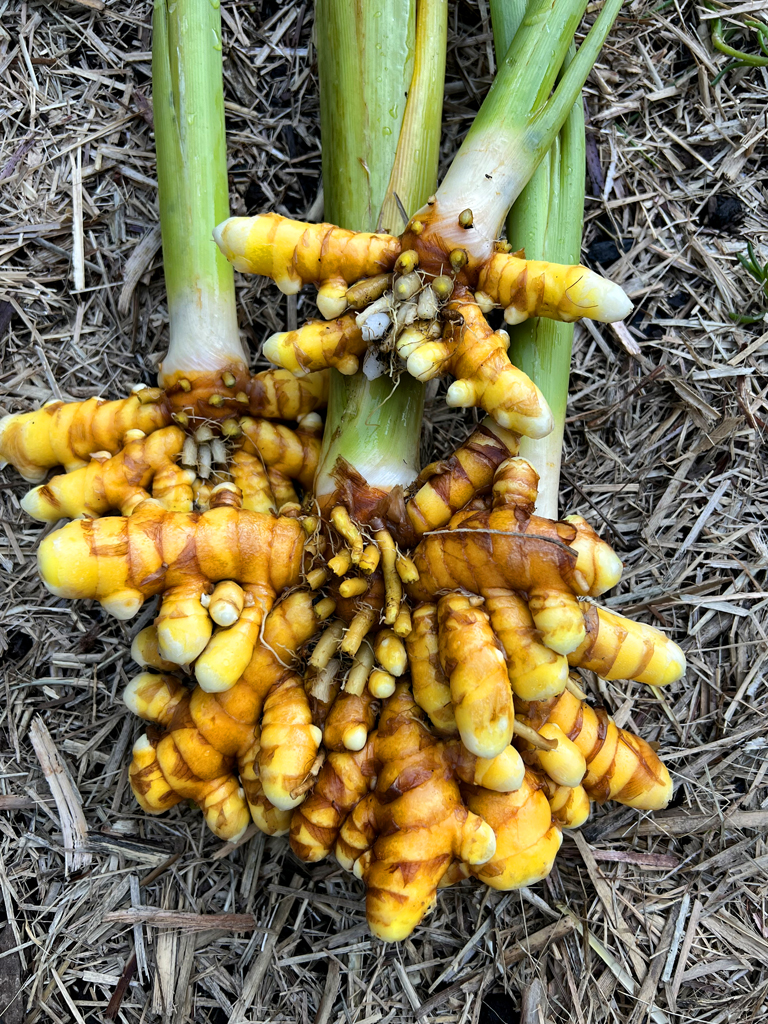
4. Garlic
Garlic acts as a natural antibiotic and has heart-protective benefits. It helps strengthen the immune system, reduce high blood pressure, and improve circulation. Garlic can be added to meals, infused in oil, or eaten raw for maximum benefits.
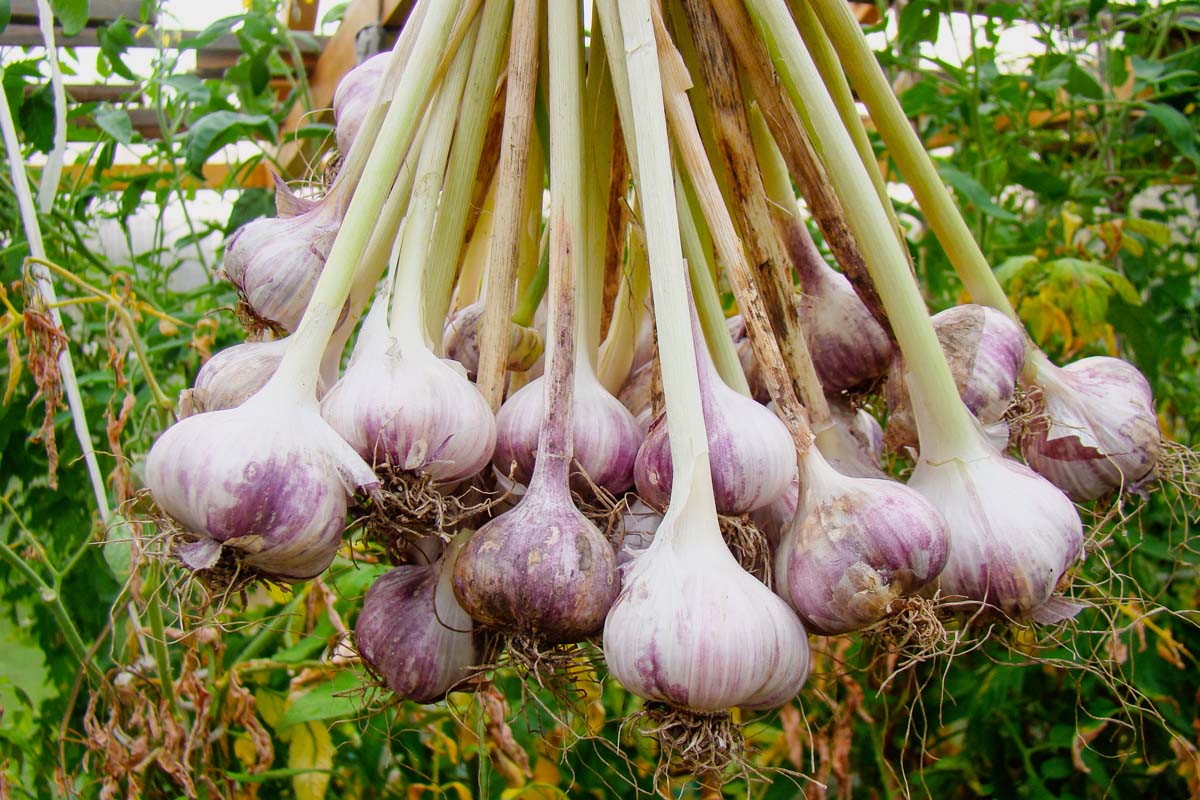
5. Spinach
Spinach is a leafy green vegetable rich in nutrients. High in iron, this edible plant aids in supporting bone health and boosting immunity. Adding spinach to smoothies, salads, or sauté as a side dish is a great way to enjoy its benefits.
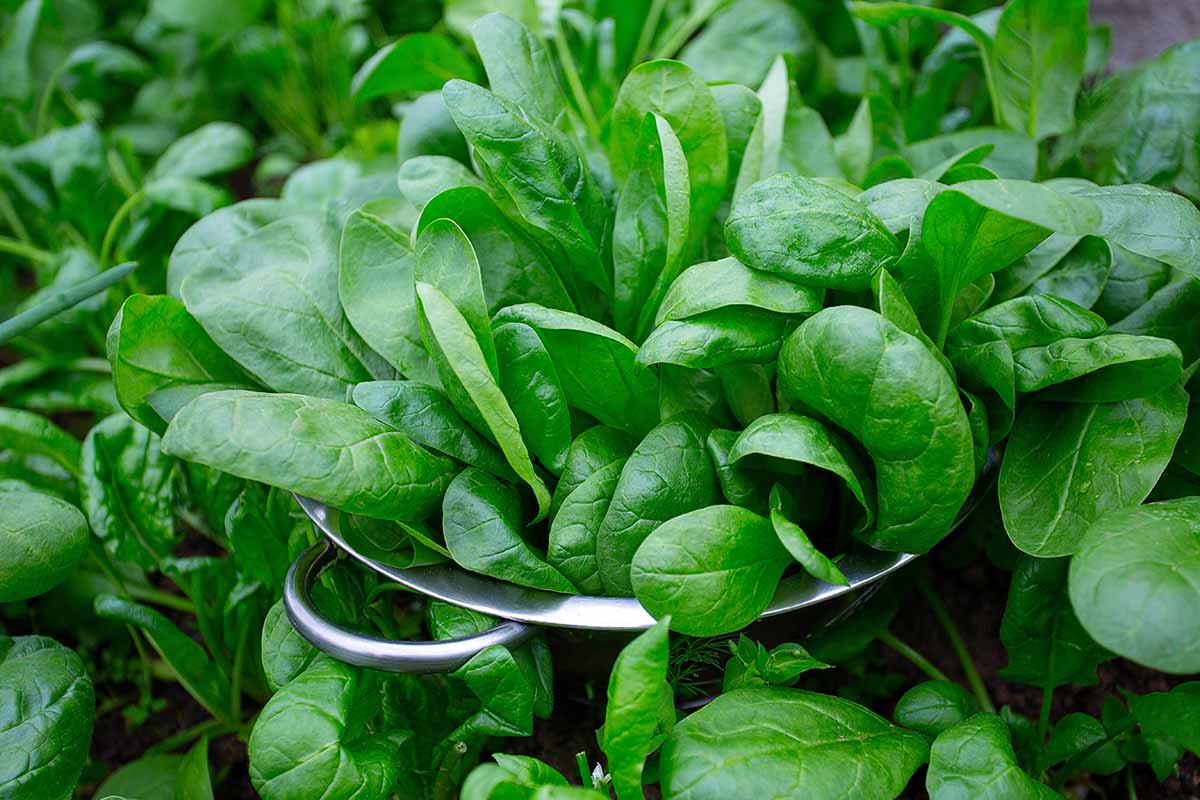
6. Mint
Mint is packed with antibacterial properties and offers a refreshing taste, making it excellent for soothing digestion, freshening breath, and relieving headaches. It is widely consumed in herbal teas, fresh salads, and infused beverages to provide a refreshing and cooling effect.
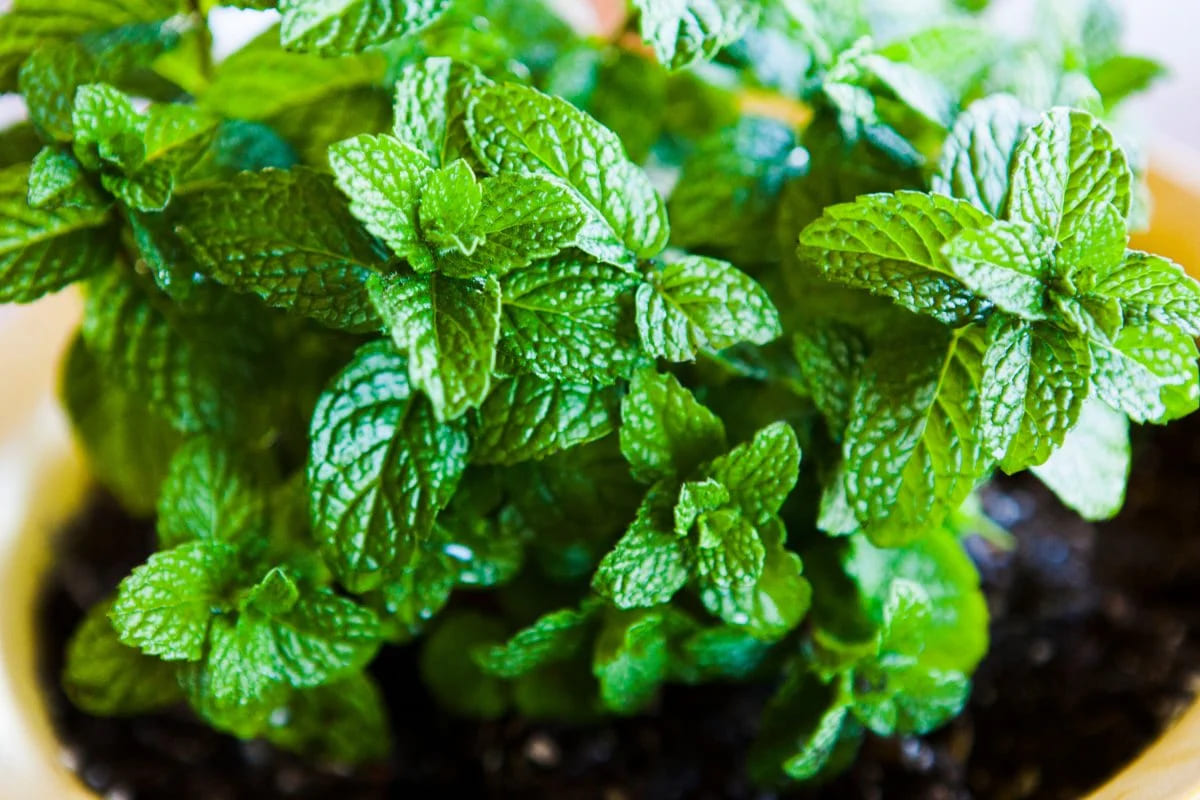
7. Basil
Basil is well-known for its antioxidants and anti-inflammatory compounds, which support respiratory health and reduce stress. This edible plant is a key ingredient in many dishes, herbal infusions, and even natural remedies for colds and coughs.
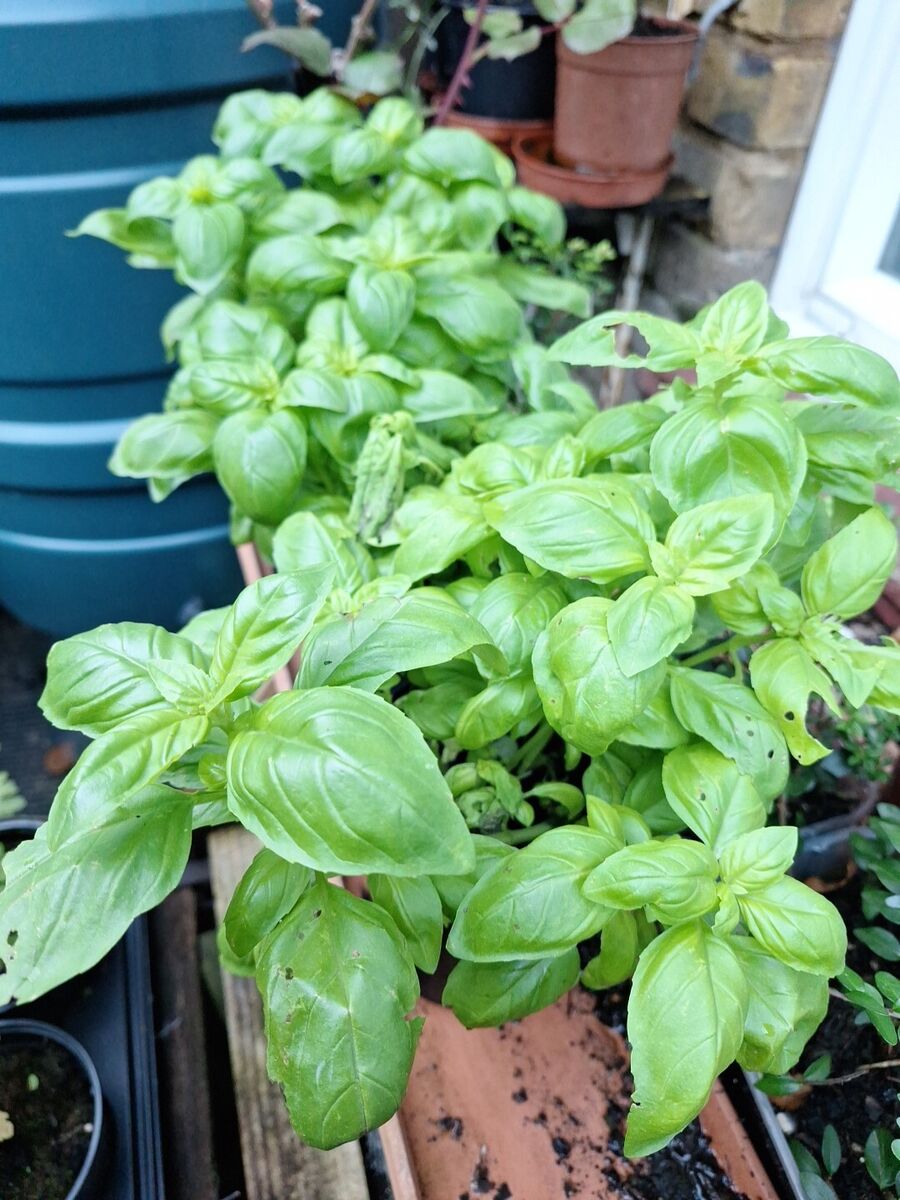
8. Chamomile
Chamomile is famous for its calming effects. It aids sleep, reduces anxiety, and helps digestion. Adding chamomile to tea is a simple, yet effective way to enjoy its soothing benefits, especially before bedtime.
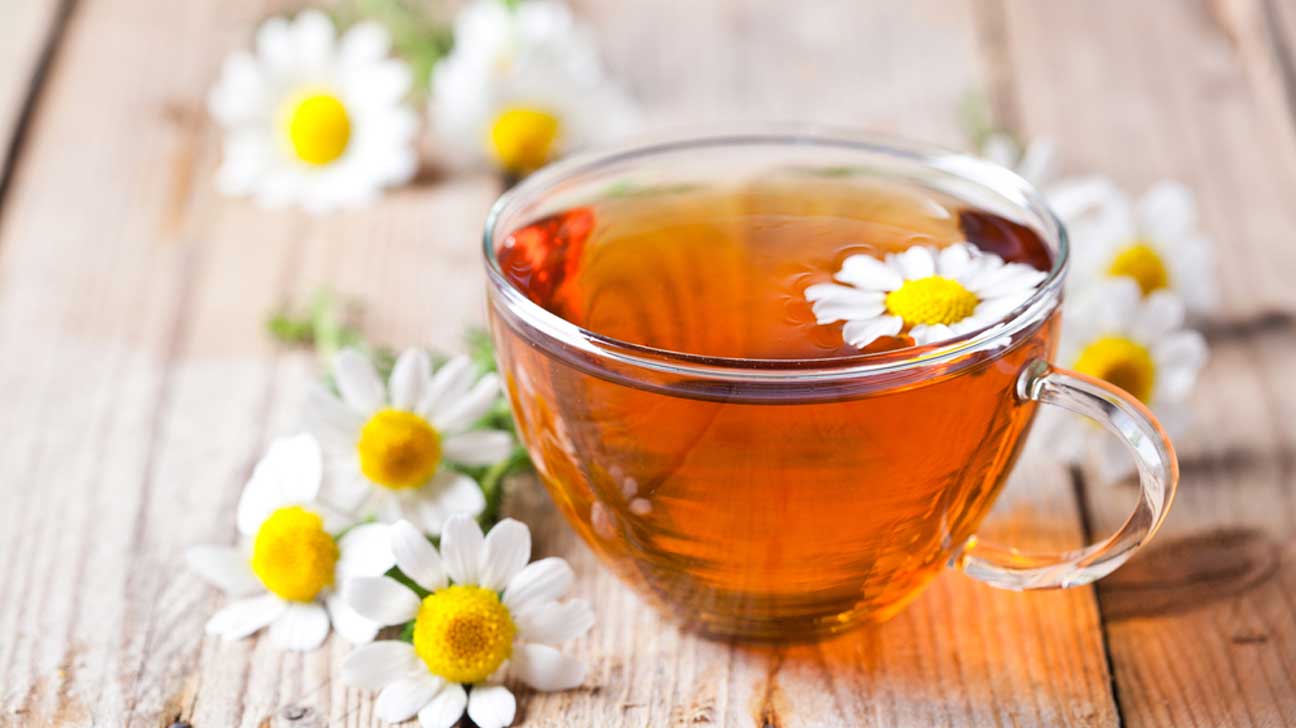
9. Dandelion
Dandelion is often considered a weed, but its leaves and roots are highly nutritious. It supports liver health, aids digestion, and acts as a natural diuretic. Dandelion leaves are great in salads, while dandelion tea is used as a natural detoxifier.
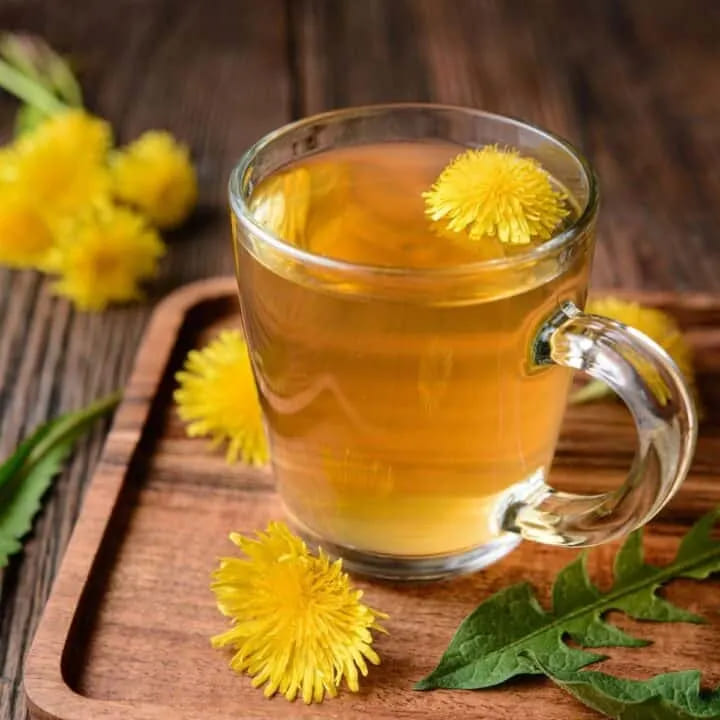
10. Rosemary
Rosemary enhances memory, improves circulation, and has antimicrobial effects. Adding rosemary to tea, infusing it in oil, or using it as a seasoning in various dishes are great ways to enjoy its benefits.
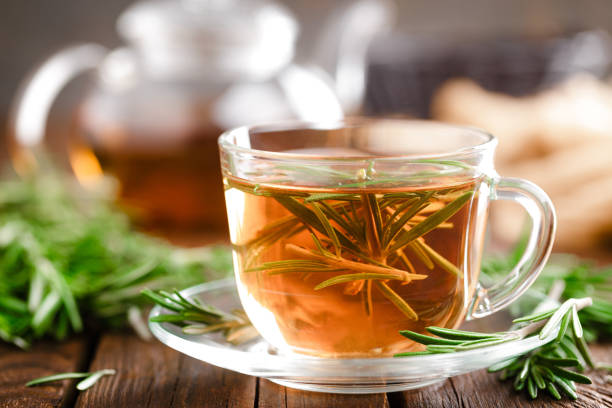
11. Cinnamon
Cinnamon aids in regulating blood sugar, fighting bacteria, and improving digestion. This edible plant is widely used in teas, smoothies, and sprinkled on food for both flavor and health benefits.
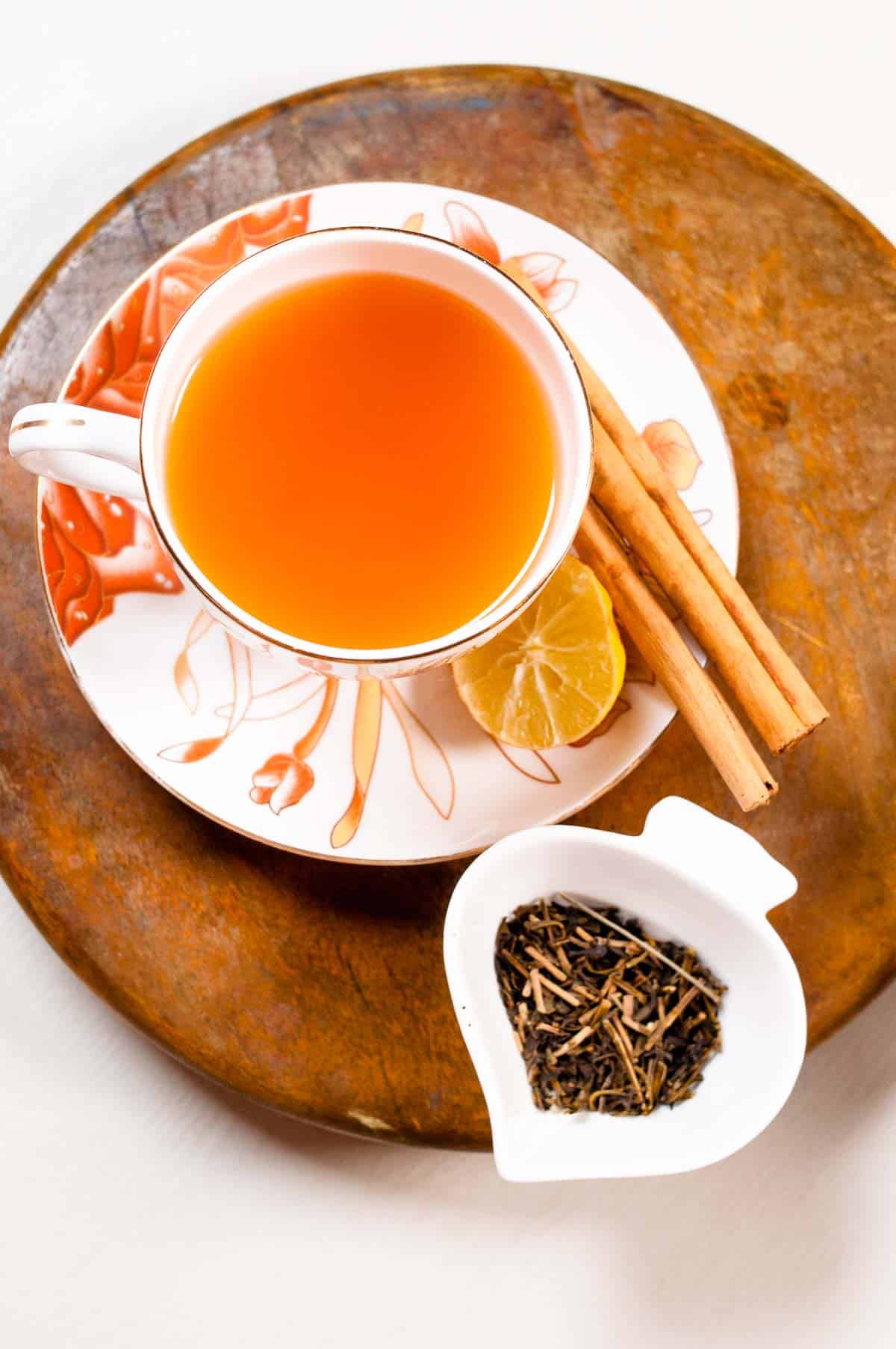
12. Thyme
This fragrant herb is known for its antimicrobial and immune-boosting properties. Thyme supports respiratory health, fights infections, and has antimicrobial properties. It is commonly used in teas, soups, and herbal remedies.

13. Parsley
Parsley contains the active compound, apigenin, which can help reduce inflammation, improve immune function, and even support cancer prevention. This fresh herb is used in many salads, soups, and garnishes.
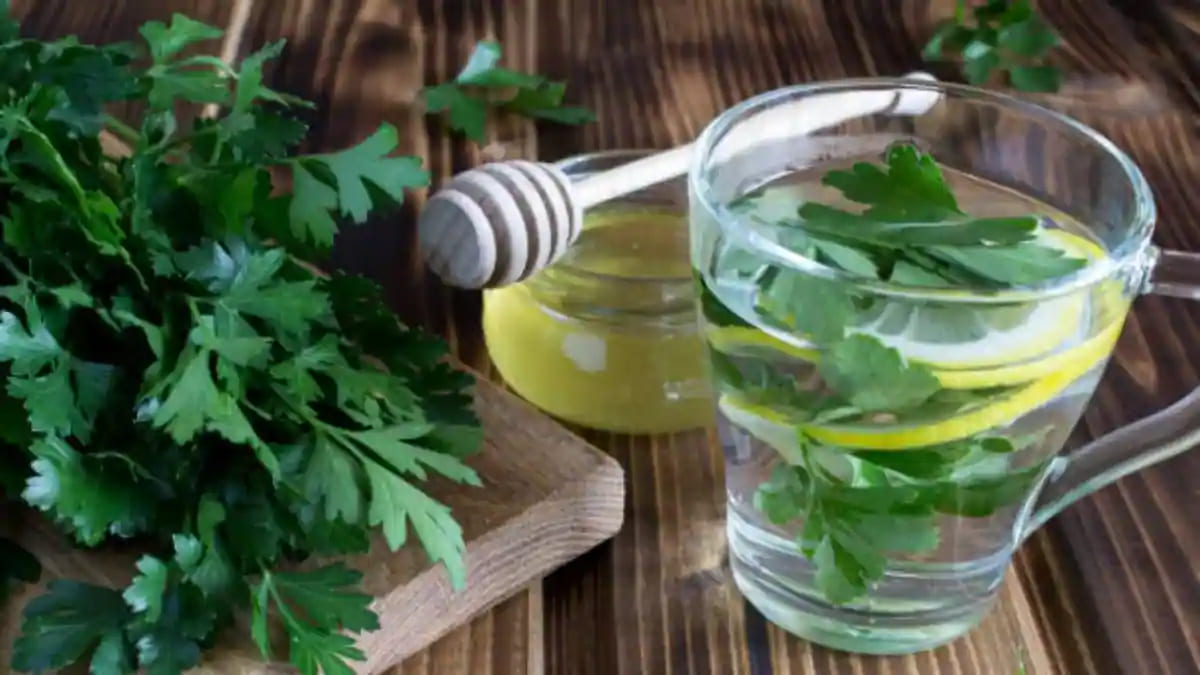
14. Lemon Balm
A lemon-scented herb from the mint family. Lemon balm helps reduce anxiety, improve sleep, and support cognitive function. Brewing lemon balm into tea or using it as a garnish for desserts are great ways to enjoy its benefits.
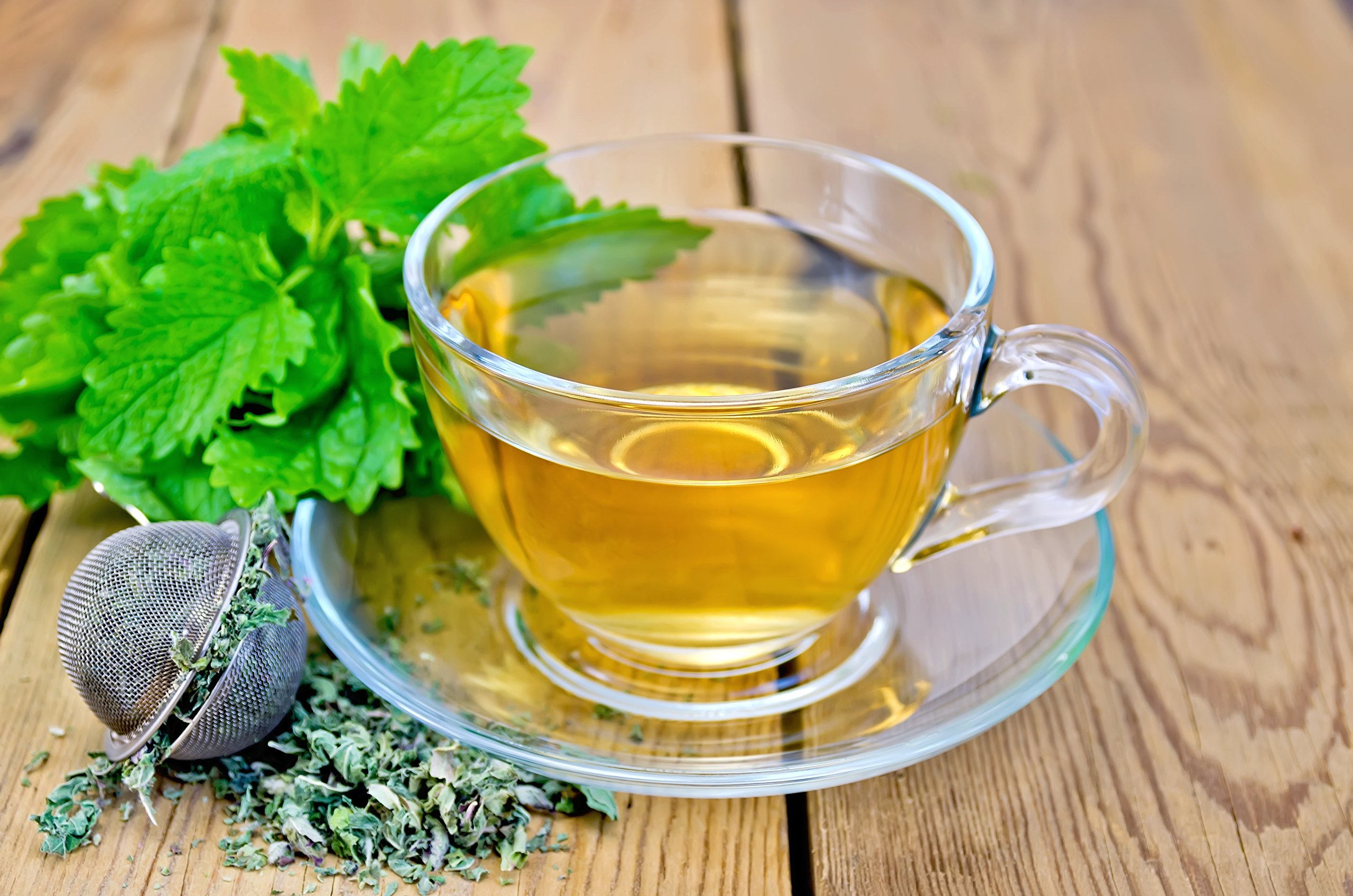
Incorporating Healing Plants into Daily Life
Incorporating these plants is easy with simple preparation methods. Add fresh herbs and spices to meals to benefit from their healing properties. Steep ginger or chamomile for tea, or juice parsley for a health boost. Furthermore, you can combine plants for synergy, such as ginger and turmeric tea, to enhance their effects. Remember to use fresh plants when in season and switch to dried versions during off-seasons for year-round benefits.
Precautions and Considerations
- Use in moderation: While these plants offer numerous health benefits, they should be used safely and in moderation. You should start with small portions, like a teaspoon of turmeric in milk, to avoid overuse.
- Interactions: Be aware of potential allergic reactions or interactions with medications. For example, garlic and onions can cause allergic reactions in some individuals. Those with underlying conditions should consult healthcare providers before applying these plants to their daily routine.
Conclusion
Adding plants with healing properties to your diet can enhance overall health and wellness. Individuals can enjoy their medicinal benefits while maintaining a healthy lifestyle. Whether consumed as food, tea, or natural remedies, these edible plants offer a natural and holistic approach to health.
